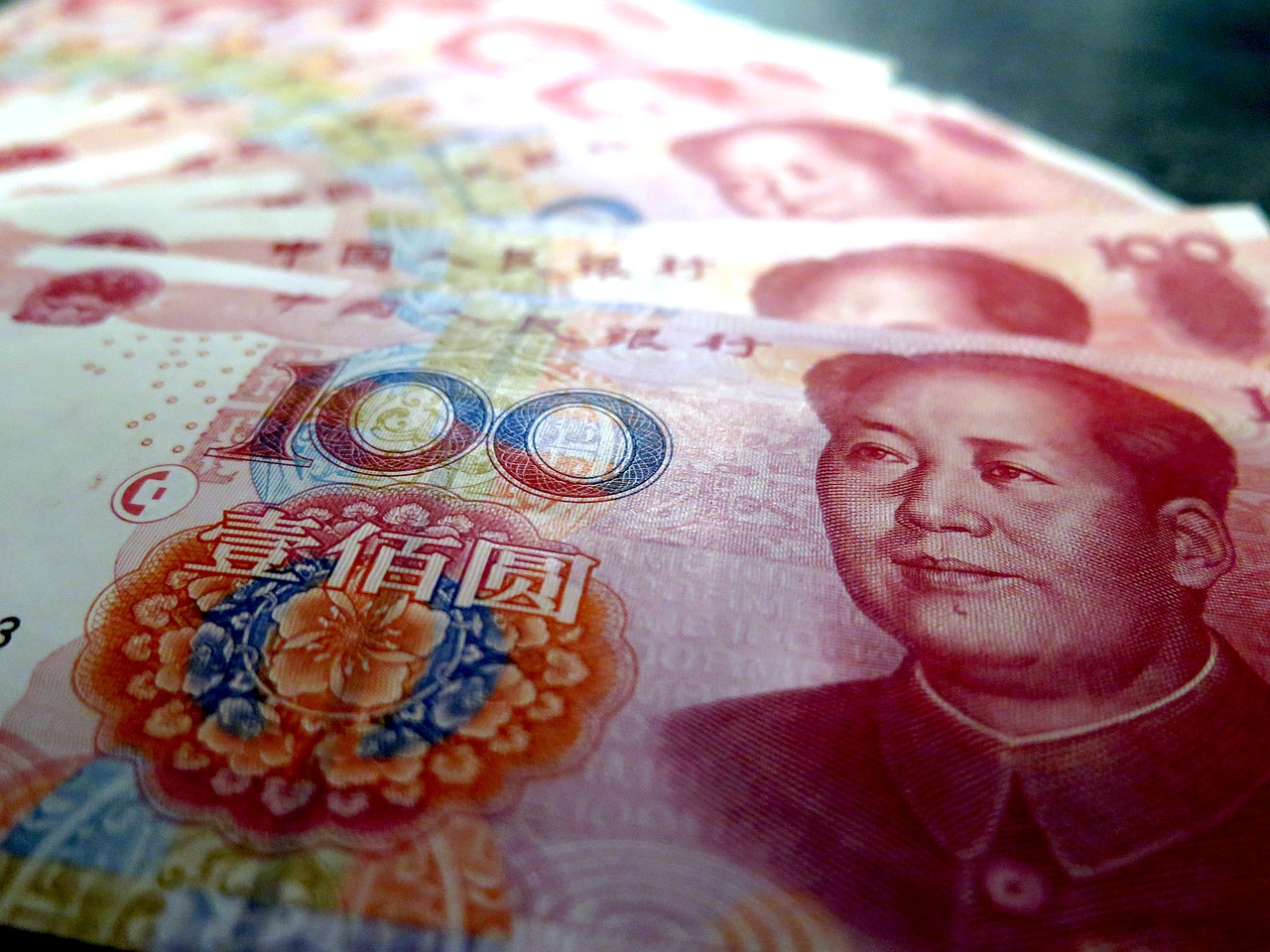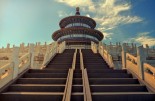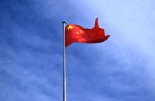Pimco: China’s deflation, a global concern

While central banks in the U.S., Europe, Canada and United Kingdom have hiked rates this summer in their continued fight against inflation, policymakers in Beijing face a different challenge: deflation.
Last week, China reported a 0.3% year-over-year decline in headline CPI for July, entering deflation for the first time in two years. The headline weakness was exacerbated by temporary factors, such as lower energy and pork prices.
However, core inflation has also been held down by falling prices in the shelter and related categories (household furnishing, equipment, and routine maintenance), as the Chinese property sector continues to struggle.
Despite changing linkages between China and the global economy as Beijing tries to transition to a consumption-led growth model and trade tensions remain elevated with the West, China is still the world’s manufacturer.
As a result, Chinese economic weakness and falling prices (especially Chinese producer prices) are likely to spill over into global markets – near-term good news for the Western central banks’ fight against elevated inflation.
Efficient manufacturing sector mitigates inflation …
Unlike Western economies that experienced elevated inflation as they re-emerged from the pandemic with excess demand and constrained capacity, China’s economy has not faced high inflation after its strict zero-COVID policy ended last January.
China’s position as the world’s manufacturing hub, coupled with its highly competitive production of end-use consumer goods, helped mitigate inflationary pressures as manufacturing bottlenecks due to zero-COVID policies were resolved when the economy reopened and domestic consumption recovered.
The efficient matching of supply and demand through online platforms further minimized frictions, while moderating global commodity prices, as Europe rebuilt winter energy stocks after Russia’s invasion of Ukraine, further alleviated inflationary pressures.
But Deflationary risks remain
However, with Chinese domestic demand faltering as global demand for Chinese products wanes, China is left with idle capacity as manufacturers scramble to destock elevated inventories.
Disinflationary pressures have stemmed chiefly from deleveraging in the property and local government financing sectors, which has significantly affected domestic investment and led to broad-based excess capacity in manufacturing. However, declining export sales have also contributed, as global demand has normalized back toward services and away from the pandemic-related boom for Chinese-produced goods.
What’s more, the government’s reaction to these weakening fundamentals has been far from sufficient. Indeed, a government-led push to stimulate and stabilize growth through easy credit, especially to state-owned enterprises and for infrastructure investment, has not been enough to offset the drag from property market, as the flow of new credit to the economy has contracted over the past year.
Spillover effects
Importantly, we do not think deflationary pressures are only for China. While disruptions and changes to post-pandemic economies have raised questions about the extent to which the Chinese economy still dominates global trade and industrial cycles, we see several reasons to expect spillovers to intensify in developed markets.
One, Chinese manufactured products still dominate consumer goods markets, particularly in the U.S. (although the import share of Chinese consumer goods has declined since tariff hikes were first levied by the Trump administration).
U.S. core goods consumer price inflation appears to be following the typical lag between the recent declines in the exchange-rate adjusted purchasing price index (PPI) of China’s consumer goods.
According to U.S. Census Bureau data as of June, prices of goods imported from China are down 3% on average versus last year, while producer prices of consumer goods in China are down 5% in dollar terms.
Importantly, these declines are being passed on to U.S. consumers; July marked the first time since the early days of the pandemic that U.S. consumer retail goods prices declined on a three-month annualized basis.
Inflationary trends in the U.S. have led other developed markets since the pandemic, suggesting that moderating U.S. prices are also likely to eventually show up in the inflation metrics of other developed markets.
Two, as Chinese downside risks materialize, Beijing could stabilize domestic growth with policies that boost exports, pushing cheap consumer goods into the global market.
Exports have been weakening in recent months, and are expected to decline further in coming months. After the pandemic, the government has supported the supply side, but provided little subsidy to consumers.
As a result, China appears to have a domestic oversupply problem – inventory-to-sales ratios appear elevated. Given weak domestic demand amid a struggling property sector and depressed consumer confidence, Chinese policymakers could choose to boost growth by encouraging sales of these goods abroad.
This already appears to be happening in Germany, as Chinese exports of lower-cost electric vehicles have recently surged, while domestic price cuts may spill over into other countries.
Three, a common global deflationary factor remains – namely, the decline in commodity prices, which helped global headline inflation fall from a peak of 8.2% a year ago to 4.4% in July.
Commodity demand (or lack thereof) in China remains an important determinate of global commodity prices. Weak Chinese domestic investment and broad-based excess capacity in manufacturing, as well as weak sales of new homes and land, are likely to continue to depress global commodity demand.
Conclusion
Deteriorating Chinese economic fundamentals have produced deflationary pressures that are already moderating inflation both in China and in the global markets served by Chinese goods. Given the usual lags, deflationary spillovers have likely only just begun to impact global consumer markets, with discounting likely to accelerate over the coming quarters.
For China, the risk of more pronounced deflationary pressure depends crucially on the government’s policies in the coming months. Adequate fiscal stimulus to boost domestic demand may reaccelerate inflation, while delayed or inadequate policy measures could lead to a downward spiral.
Persistent deflation in China would likely spill over to developed markets, as a weaker yuan and an elevated inventory-to-sales ratios lower the cost of Chinese goods abroad – a development central bankers in developed markets would likely welcome.









